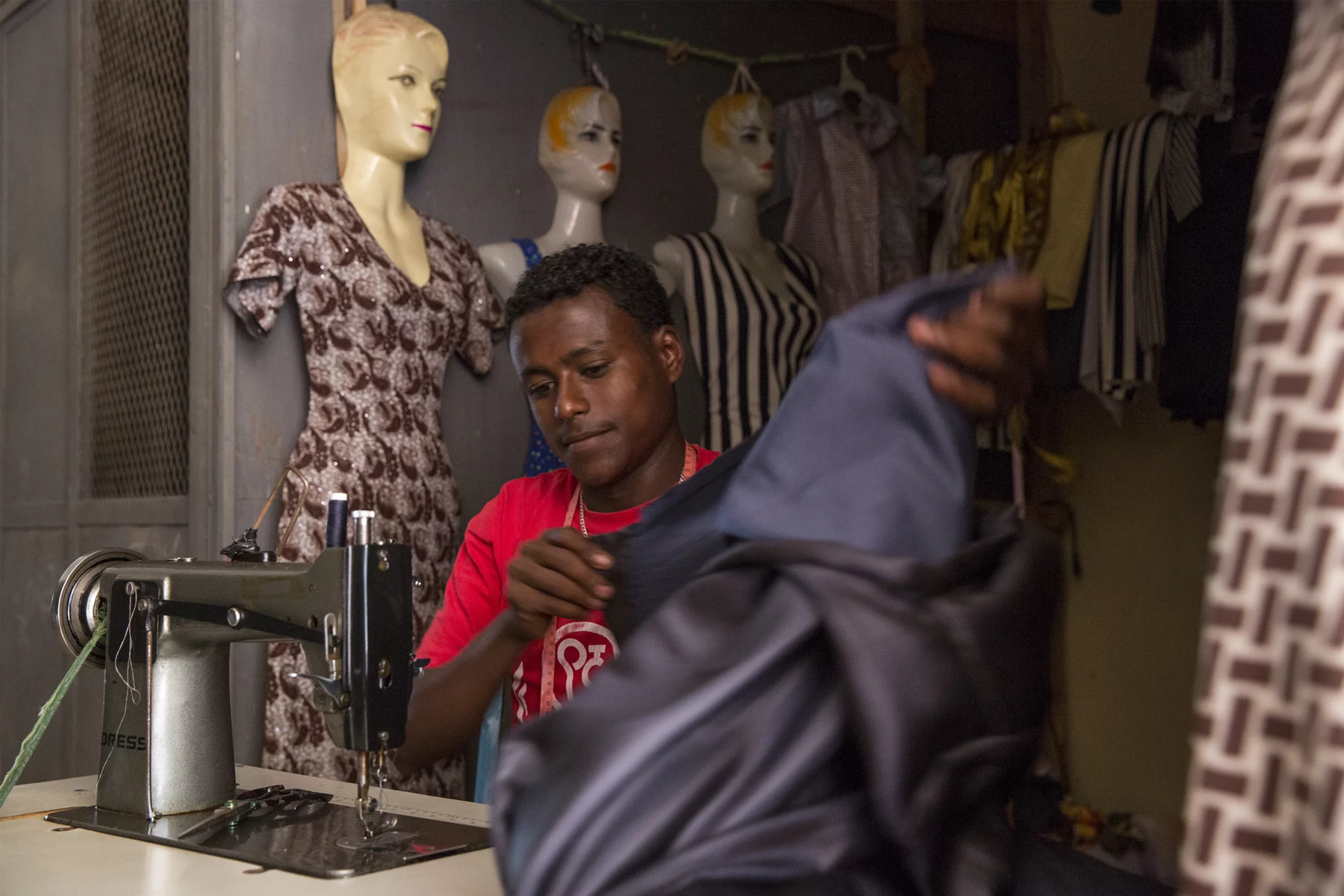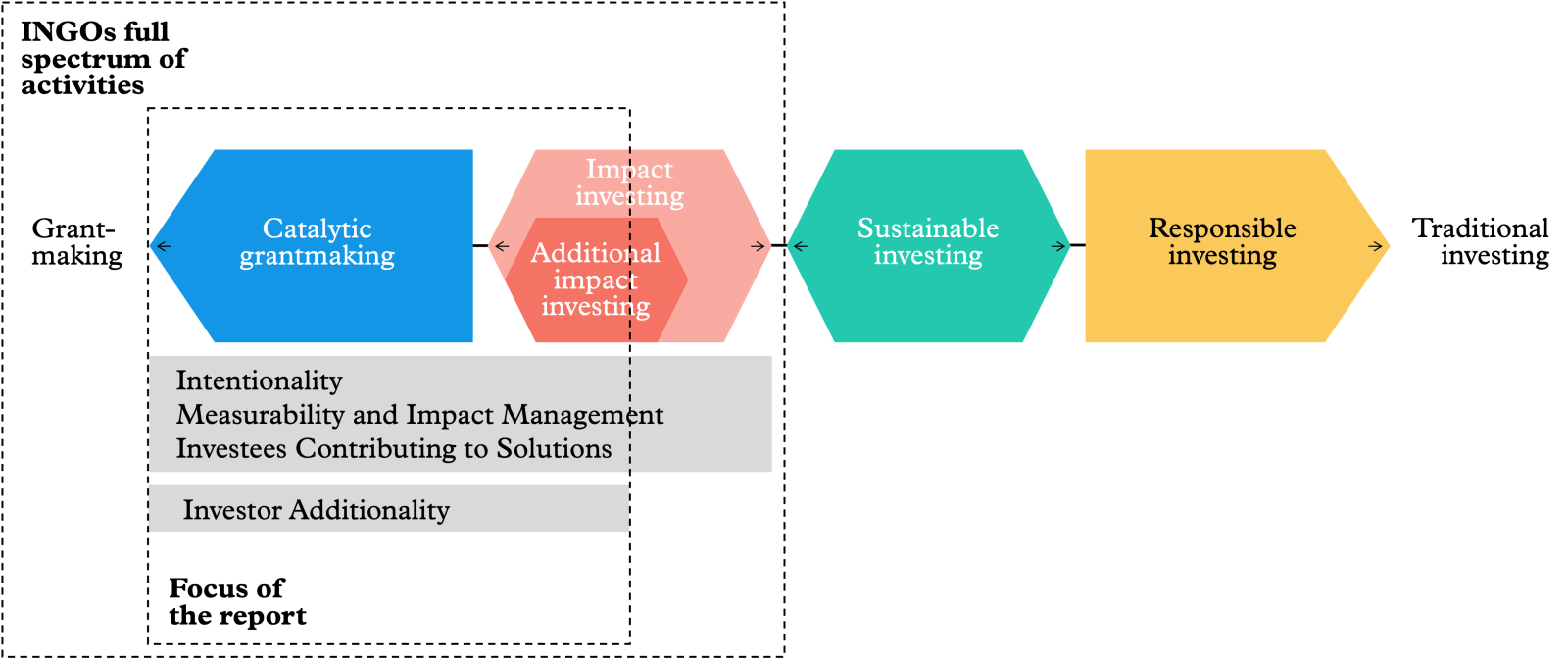Introduction — How INGOs Do Impact Investing
You can read the full report How INGOs Do Impact Investing here

International Non-Governmental Organisations (INGOs) have traditionally played a crucial role in addressing global challenges, providing humanitarian aid and fostering sustainable development. By leveraging their extensive networks, local knowledge and deep-rooted trust within communities, they have delivered critical services and implemented development projects in the world’s most underserved areas. Some of the largest INGOs exemplify this reach: in 2022 alone, Oxfam impacted 15.6 million people, the Red Cross and Red Crescent Movement supported 160.7 million globally and CARE International reached 170 million, illustrating the scale at which they mobilise resources and deliver transformative outcomes. Their mandates and effective use of resources have allowed them to achieve investor additionality — generating outcomes that would not have occurred without their intervention. They have pursued this additional impact through both financial additionality, such as providing grants or running programs with a catalytic mindset, and non-financial additionality, including offering technical assistance.
However, the development landscape has posed significant challenges to the traditional operations of INGOs in recent years. Events such as the COVID-19 pandemic, ongoing Russia-Ukraine and Israel-Palestine wars, and other energy and climate emergencies have placed severe budgetary constraints on the public sector, reducing the flow of funding to INGOs. In fact, the UN reported a record funding gap for its humanitarian projects in 2022, with only a third of the required $48.7 billion secured as global needs outpaced pledges . In 2024, the Official Development Assistance revealed that only five of the wealthiest countries in the Organisation for Economic Co-operation and Development (OECD) have met the UN target of allocating 0.7% of their gross national income to official development assistance .
These funding fluctuations and current budget constraints have influenced INGOs to rethink how they use the available capital to sustain their work . They face tension between exploring more effective and innovative ways to deploy capital while remaining true to their missions and visions. As a result, many INGOs have begun to explore the continuum of capital , discovering strong potential in engaging in impact investing.

While INGOs engage in a broad range of activities, from traditional grant-making to impact investing, this report narrows its focus to their catalytic grant-making and impact investing initiatives.
We seek to explore the motivations behind INGOs' interest in impact investing, showcasing different pathways available to do so, and shedding light on key challenges they might encounter, as well as opportunities to amplify their impact. The insights presented in this report are primarily based on in-depth interviews, conducted by Impact Europe, with ten INGOs, nine of which have their headquarters in Europe; additional desk research complemented these interviews.
As readers engage with this report, it is important to consider three contextual factors: 1) The sample size may not adequately capture the wide range of viewpoints of all INGOs involved in impact investing, even though it serves as a representative sample of those operating in Europe; 2) The available literature on INGOs engaging in impact investing is currently limited, which may restrict the depth of our analysis; 3) The core constituency of INGOs we consulted understands additionality in a way that aligns closely with our definition and considers themselves as pursuers of additionality through their activities, both in financial and non-financial ways. While we acknowledge that this concept may be relatively unfamiliar to some INGOs that are newly exploring the impact investing space, we will consistently employ this definition throughout the paper to maintain clarity and coherence in our analysis.
With the financial support of:

